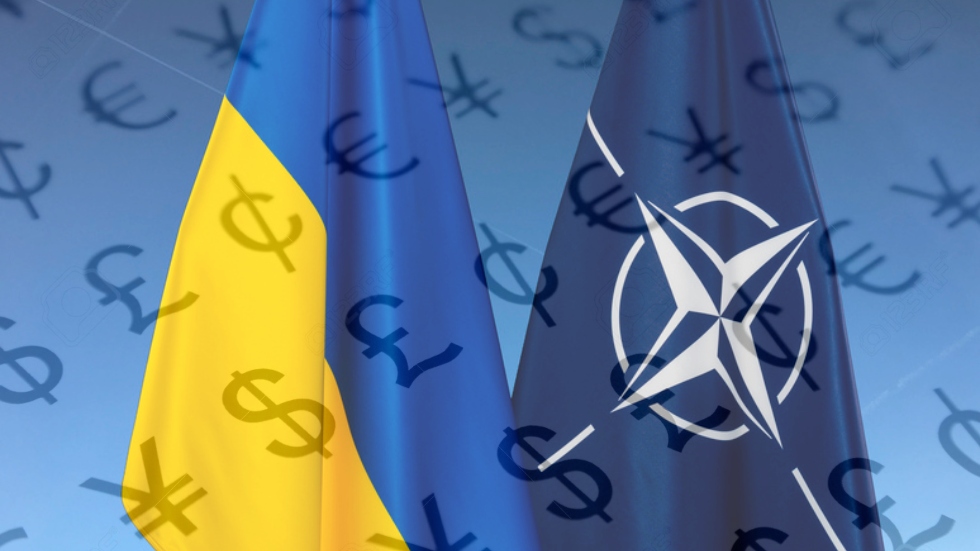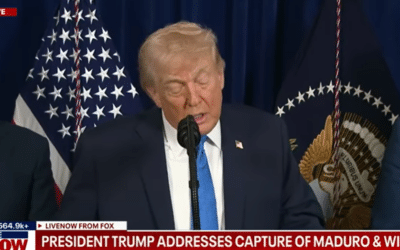NATO Secretary-General Jens Stoltenberg will propose establishing a $100 billion five-year fund for Ukraine when the alliance’s foreign ministers meet on Wednesday, multiple media outlets reported on Tuesday.
The idea is to lock in long-term support for Ukraine amid uncertainty around US aid to Ukraine as the $60 billion President Biden is seeking for the proxy still hasn’t been authorized by Congress.
The plan is also meant to prevent any future US president from withdrawing support from Ukraine. Financial Times described it as “Trump-proofing” the proxy war as the former president has expressed opposition to the conflict, although he recently floated the idea of providing Ukraine with loans.
POLITICO reported that one idea would involve the 32 members of the alliance contributing to the $100 billion fund at the same rate they contribute to the alliance’s budget. That would put most of the burden on the US since Washington pays for about two-thirds of NATO’s budget.
The US and its allies are also considering shifting control of a US-led coalition that coordinates arms shipments to Ukraine, known as the Ukraine Defense Contact Group, to NATO. US officials said the purpose of doing so is to ensure weapons continue to flow to Ukraine during a second Trump term.
The reports said that Stoltenberg is hoping to get the plans worked out before NATO leaders hold a summit in Washington this July, but it could face resistance from members who oppose the proxy war, such as Hungary and Slovakia.
“This will be crossing a Rubicon. NATO will have a role in coordinating lethal support to Ukraine,” a NATO diplomat told Financial Times. “I see consensus emerging and I think it will be there by the time we get on the plane to Washington.”
NATO is looking to secure long-term funding for the proxy war despite the reality that Ukraine has no chance of winning on the battlefield. As that’s become clear, Ukraine has stepped up attacks inside Russia, which risks escalating the conflict into a full-blown war between Russia and NATO.
This article was originally featured at Antiwar.com and is republished with permission.
































